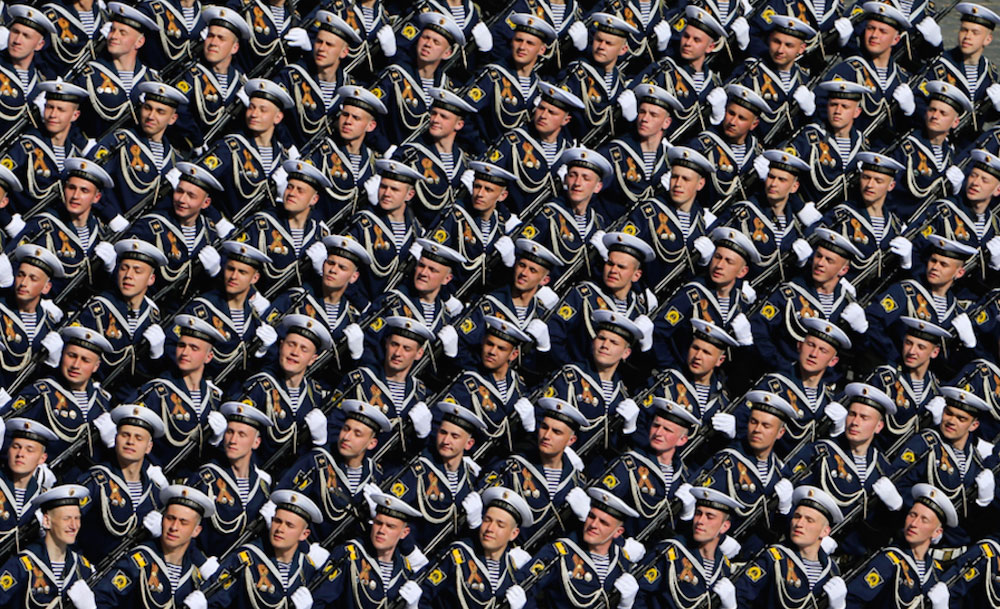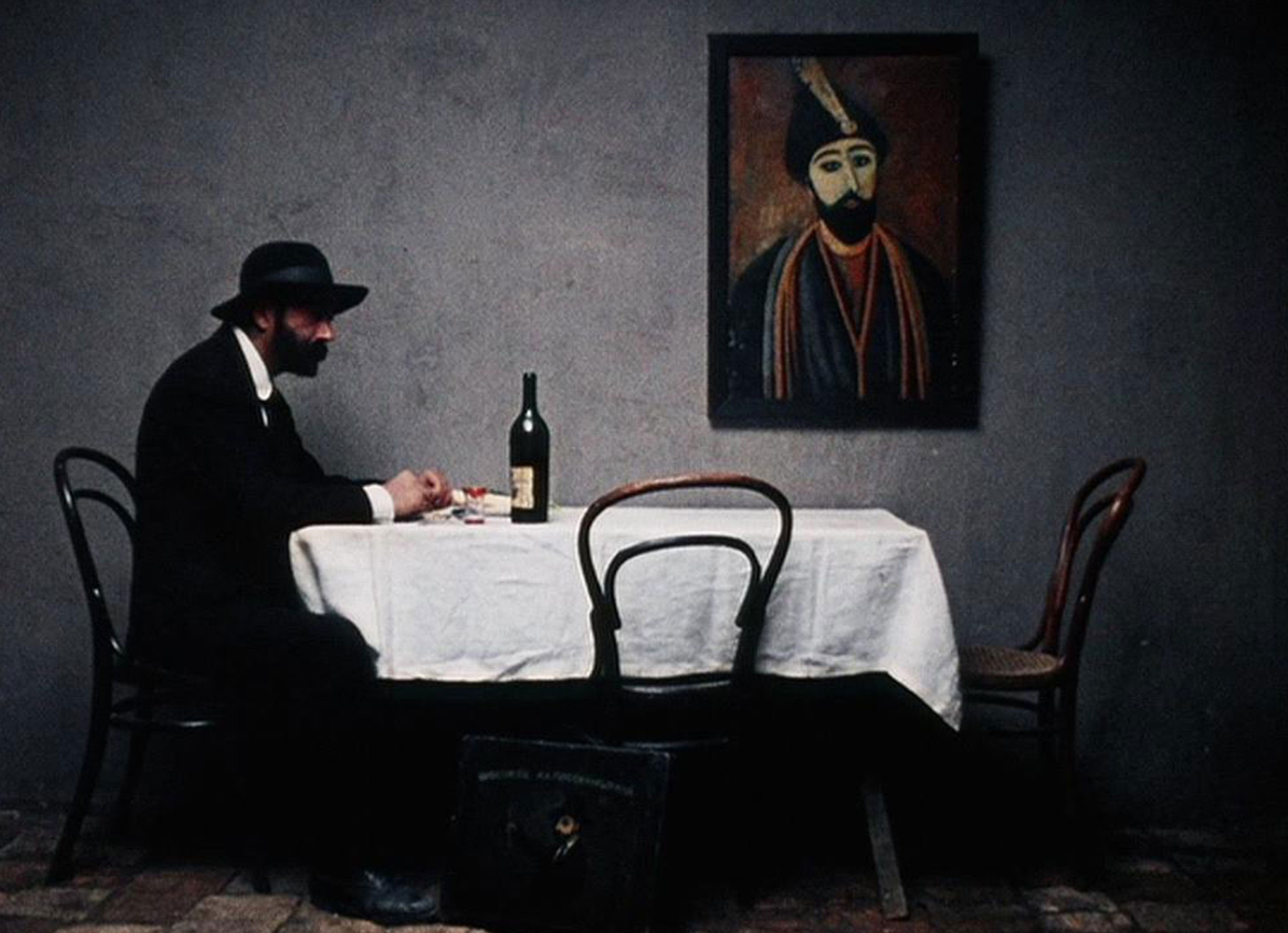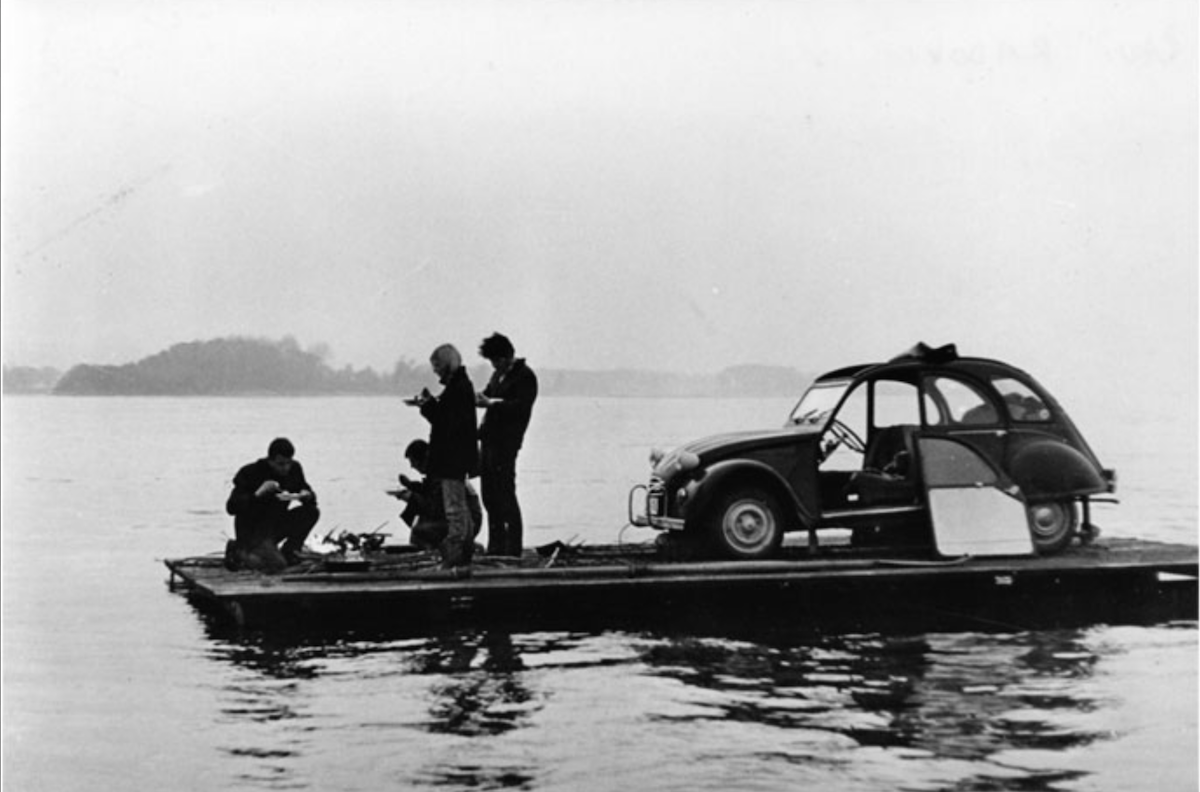The Painted Bird: the search for truth — and hope — in Jerzy Kosiński’s grotesque wartime masterpiece
Jerzy Kosiński’s The Painted Bird is known for its savagery. But the truth behind the text and its enigmatic author remains stranger still.
Jerzy Kosiński’s novel The Painted Bird contains depictions of wartime brutality that shock even the most desensitised reader. It tells the tale of an orphaned boy wandering through villages in war-torn Eastern Europe, meeting a rogues’ gallery of strange, abusive characters. He witnesses eye-gouging arguments and bestiality. He is sexually abused and savagely beaten. On its publication in 1965, the book became a best-seller, helped, in no small part, by the belief that it was drawn from Kosiński’s own experiences as a Jew fleeing German troops during the Second World War. It was a false assumption which Kosiński encouraged and made little effort to correct.
“Kosiński pretended that he had been castrated in a concentration camp during the war. He asked [women] if they wanted to see”
Over time, it became clear that the events of the novel were almost the opposite of what Kosiński and his family experienced as they evaded capture in the countryside of south-east Poland. They were sheltered by Catholic villagers who chose to help their Jewish compatriots despite great personal risk — Nazi soldiers were known to execute entire families for harbouring Jewish refugees. Gradually, The Painted Bird was revised in the public estimation from partial autobiography to complete fiction, and yet generations of readers still arrive at the book asking one enormous question: how could Kosiński be so callous as to lie about the very people who helped save his life?
“It’s my opinion that Kosiński simply loved to be the centre of attention. He loved the limelight,” says director Václav Marhoul whose film adaptation of The Painted Bird was gathering its own critical acclaim at festival screenings before its release was pushed back by the Coronavirus pandemic. Speaking over Skype from his office in Prague, he expresses the same sort of fascination and incredulity that many feel when trying to make sense of Kosiński’s story. “I’ve never encountered such a controversial person in my life,” he says, shaking his head. “He emigrated to the US in 1957, eight years before The Painted Bird was published, and I think he knew something about the Americans. That they are very correct, but very naive. I think Kosiński knew that if he said it was a true story, they would believe it.”
Barry Pepper in The Painted Bird. Image: Jan Dobrovský
For Marhoul, making this film has been a passion project stretching over several years. He first read the novel more than a decade ago, and it made a deep impression. Not only did he feel compelled to adapt it to the screen when the opportunity finally arose, but he also felt driven to delve deeper into the life story of its now infamous author. He talked to the Czech writer Arnošt Lustig, who knew Kosiński well. He also spent time with Urszula Dudziak, the famous Polish jazz singer, who was Kosiński’s girlfriend for several years. “We talked for three hours about him,” he says. “Many of the things she told me she asked me not to repeat, but he liked to provoke women. He once told some women who wanted to sleep with him that he didn’t have a penis. He pretended that he had been castrated in a concentration camp during the war. He asked if they wanted to see, and then he revealed his joke.”
Today, Kosiński’s fondness for a tall tale defines his legacy almost as much as his actual writing. In Poland, where The Painted Bird was banned under Communist rule until the fall of the Berlin wall, his reputation has never fully recovered, although its denouncement by the state was invariably connected to the anti-semitism of the country’s 1968 political crisis. “They still hate him. He’s still persona non-grata,” says Marhoul, “but it’s a very complicated issue. When I was in Warsaw doing a Q&A after screenings, the first question was always a provocation: do you know Kosiński is a liar? And I said, “So what? I’m not portraying it as an autobiography.”
Marhoul saw something in the novel, he says, which transcends the controversy around its origins. “I felt it was a universal, timeless story. That it wasn’t about a boy, but about humankind. It left me with many questions for which I had no answers. I was left to think about evil, about the importance of love.”
Watching the adaptation, it’s clear that Marhoul has amplified the novel’s surrealism, mining the horror of the source text to create something otherworldly. One of the film’s promotional posters shows its protagonist (the unnamed boy played by Petr Kotlár) buried up to his neck in sand, staring down a crow stood ominously in the foreground. The infamous eye-gouging scene (which upset some festival viewers so profoundly that they rushed for the exit) is conducted in a state of ultra-violent frenzy that displaces it from anything approaching reality. More than one critic has described it as a journey through hell.
“It’s a tour through the hell in our soul. It’s everywhere, not just Eastern Europe,” Marhoul explains. “For me, the violence and the brutality is just a frame; it’s not important. During any catastrophe — war, natural disasters — there’s always a breaking point for people, where the worst side of their character comes through. Is evil our destiny? Is that what will come back again and again? These are the questions that matter.”
If The Painted Bird sounds too harrowing to be enjoyable, too mired in cruelty and violence, Marhoul is keen to stress that his intention in making the film was very different. “Lots of people have tried to buy the rights to The Painted Bird, but I was the first person to succeed. Perhaps the reason why is that, when I spoke to the copyright owners, I said the story was about the three most important things in life: hope, goodness, and love. People think I’m crazy when I say that it’s about hope, but I think it is.”
Scenes in which people show kindness to the young boy and try to protect him are only significant when accompanied by the persecution and atrocity on either side
Marhoul believes that the contrast of horror with the determination to survive is what drives this sense of hope. Those scenes in which people show kindness to the young boy and try to protect him are only significant when accompanied by the persecution and atrocity on either side. It is like encountering a flower in the desert, Marhoul explains, whipped by harsh winds, heat, and frost. To see a small thing of beauty, still alive in such conditions, makes it all the more meaningful. The central metaphor of the film, the driving force behind this persecution, is the “painted bird” of the title: a normal creature made to stand out by the painting of its feathers, which leads it to be mistaken for a predator by its own flock.
Petr Kotlár in The Painted Bird. Image: Jan Dobrovský
“It’s about the nature of being this painted bird,” says Marhoul, “to be marked as different and to be persecuted. It can be about politics or your lifestyle, your clothes. To be different is always a problem. This is the universal level of The Painted Bird.”
Although we now know that Jerzy Kosiński was not the small boy of the story, there may well be a dimension of personal truth in how he captured the experience of being an outsider. Kosiński’s suicide in 1991 has been seen as an admission of guilt amongst those who saw him as a charlatan, forever guilty of a literary hoax that sought to profit from the horrors of the Third Reich. For others, it is testament to Kosinski’s discomfort within the world: further proof that he was indeed the painted bird of his story, forever out of place, never quite accepted.
“I agree that he was like the painted bird in the story,” says Marhoul. “He was simply so different to the people around him. People could not understand him.”


